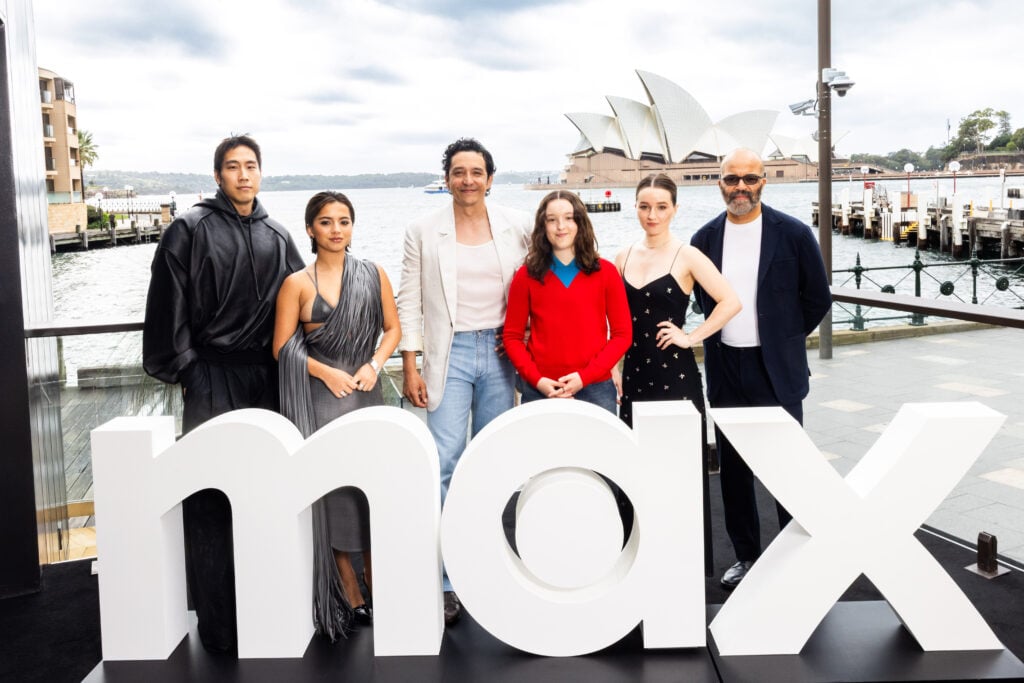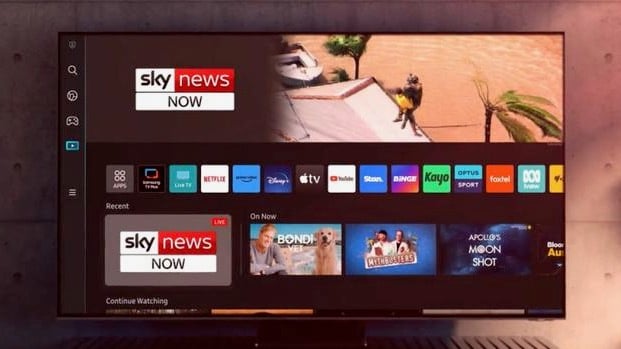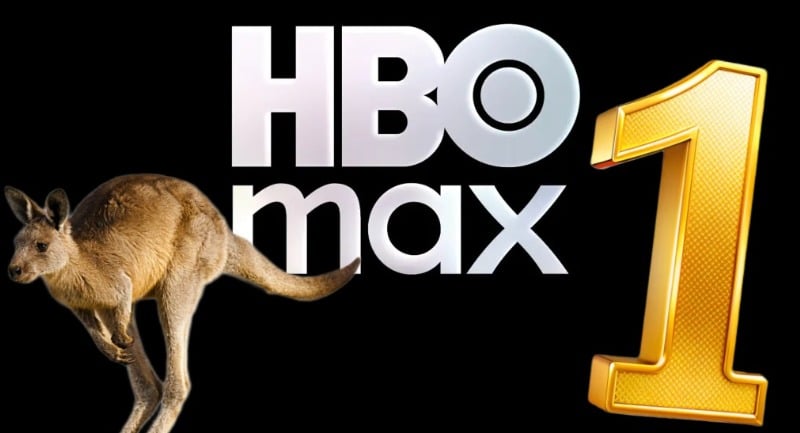HBO Max has made a strong impact in the Australian streaming landscape following it’s launch at the end of March, capturing 20 per cent of all new video-on-demand (VoD) subscriptions in Q2 2025, according to new data from Worldpanel by Numerator.
The Warner Bros. Discovery service reached 5 per cent of all VoD households within its first quarter, with growth driven by marquee titles such as *The Last of Us*. Nearly 40 per cent of HBO Max subscribers were acquired via existing Foxtel accounts, which included free access to the ad-supported HBO Max plan.
As a big, new high-profile service, HBO Max understandably led new sign-ups in the market (19.8 per cent), with Worldpanel by Numerator reporting Stan coming in second (12.1 per cent) and Disney+ in third (10.5 per cent). Worldpanel by Numerator attribute promotions from Stan and Disney+ aiding in the quarter-on-quarter growth.
Netflix trailed behind at 9th on the list with 4.3 per cent of new sign-ups. A possible sign of the service nearing a ceiling of potential new subscribers in the market.
Meanwhile, the broader streaming market saw a continued shift toward ad-supported models. Over a third of Australian households now hold at least one paid AVOD subscription, with 27 per cent of new subscribers in Q2 opting for an ad tier — up from 10 per cent a year earlier.

Young Mazino, Isabela Merced, Gabriel Luna, Bella Ramsey, Kaitlyn Dever, and Jeffrey Wright in Australia to promote the launch of HBO Max
Stan Sport pivots as Optus exits
Stan Sport is preparing to capitalise on the closure of Optus Sport, which wrapped up operations in Q2 after nine years. Stan now holds exclusive rights to the English Premier League and is targeting Optus Sport’s former customer base — around 40 per cent of whom already subscribe to Stan’s core service.
To convert more users to its sport offering, Stan is offering the full Stan Sport package for $9.99 per month until January 2026. The reduced pricing aims to overcome long-standing price sensitivity around the $27 bundled subscription and drive uptake among football fans, especially with both UEFA Champions League and EPL coverage now consolidated under one platform.
Retention strategies pay off for global players
As market penetration approaches saturation, global players like Netflix, Prime Video and Disney+ have shifted focus from acquisition to retention. All three saw quarterly increases in customer retention, with Netflix maintaining the lowest churn rate at just 6 per cent.
Netflix leads in subscriber tenure, with 73 per cent of users on the platform for more than two years, compared to 63 per cent for Prime Video and 52 per cent for Disney+. Sport continues to be a strategic lever: Prime added NBA coverage, Disney+ now carries ESPN content, and Netflix expanded its sports slate with WWE and boxing matches including Jake Paul vs Mike Tyson.

Squid Game 3 – a big reason to stay subscribed
FAST channels grow amid cost pressure
Free ad-supported streaming TV (FAST) services are also gaining traction, now present in 13 per cent of Australian homes. Samsung TV Plus remains the most-used, though rivals such as LG Channels and Plex have grown over the past year. The shift reflects ongoing cost-of-living pressures as consumers seek low-cost content options.

Samsung TV Plus
The report also found content still matters most: Netflix’s *Sirens* was the most viewed title of Q2, while *MobLand* on Paramount+ was rated the most enjoyed. HBO Max’s early success similarly hinged on title availability — its top acquisition driver was users actively searching for a specific show, then discovering it was on HBO Max.
However, HBO Max faces a challenge on customer satisfaction. Its net promoter score (NPS) sits at just 7 points — below the 16-point category average — with complaints from ad-tier users about frequent ads, and from premium subscribers over perceived lack of value. The platform also ranked lower on kids and local content, though WBD has signalled plans to invest in Australian originals, potentially spurred by pending government content quotas.
